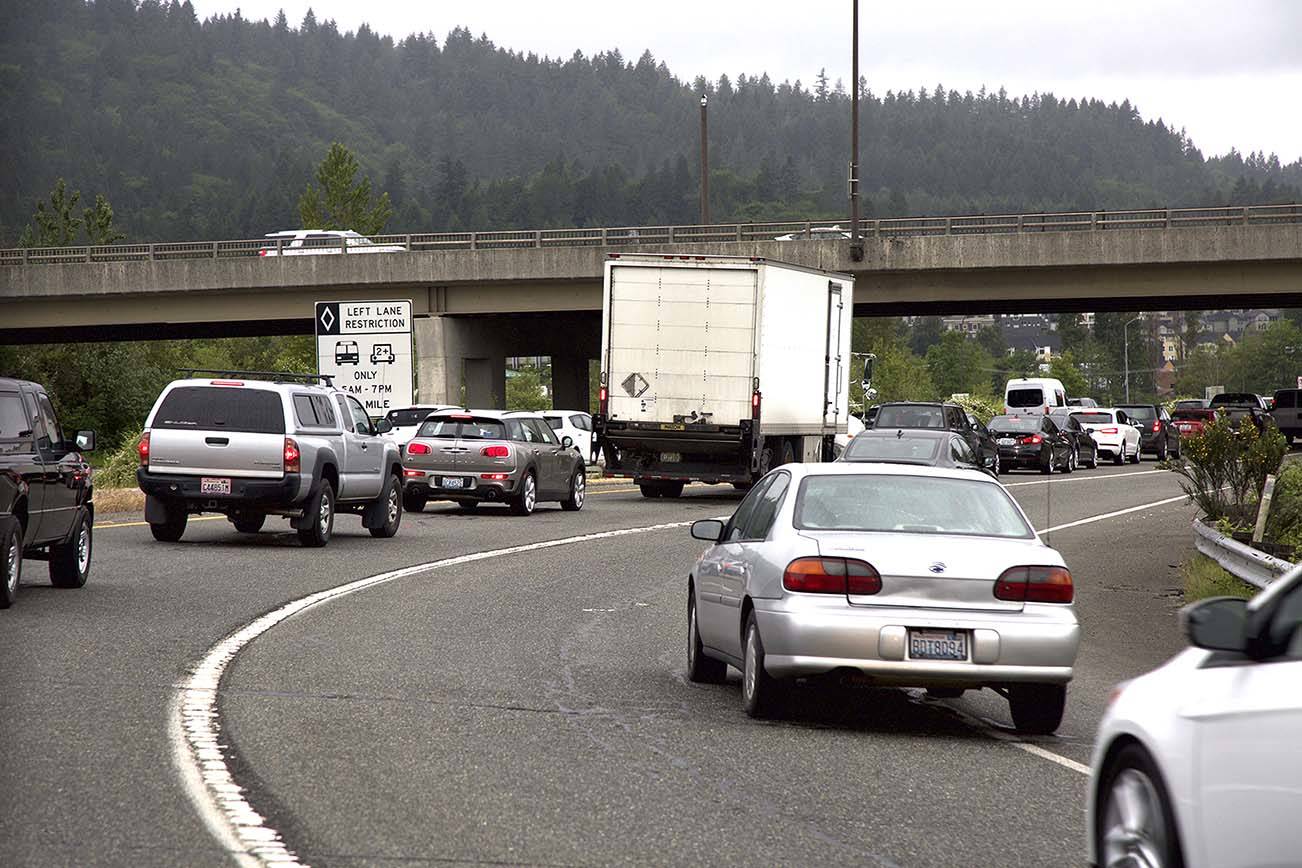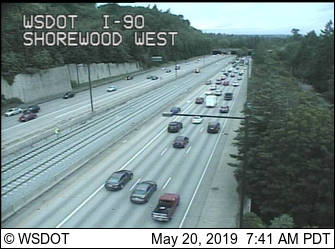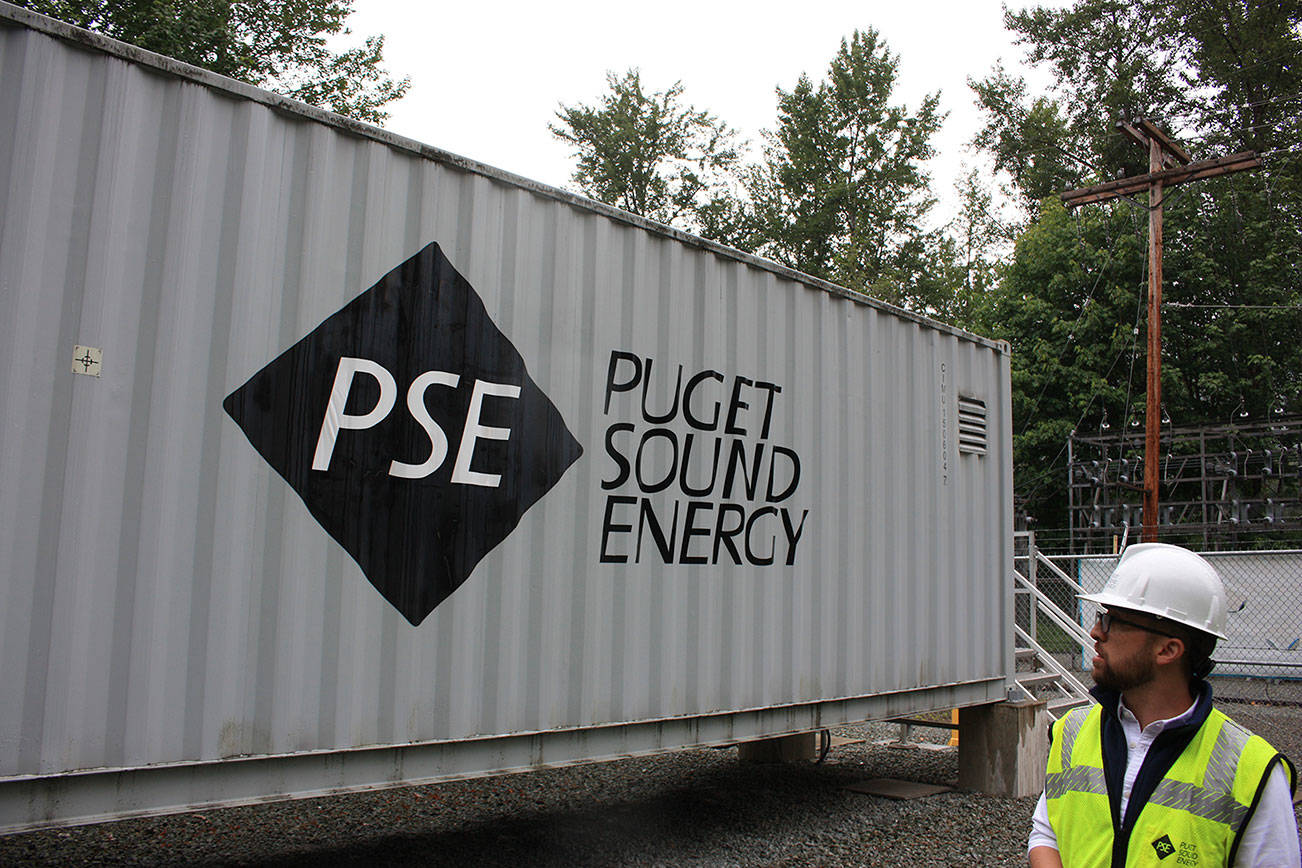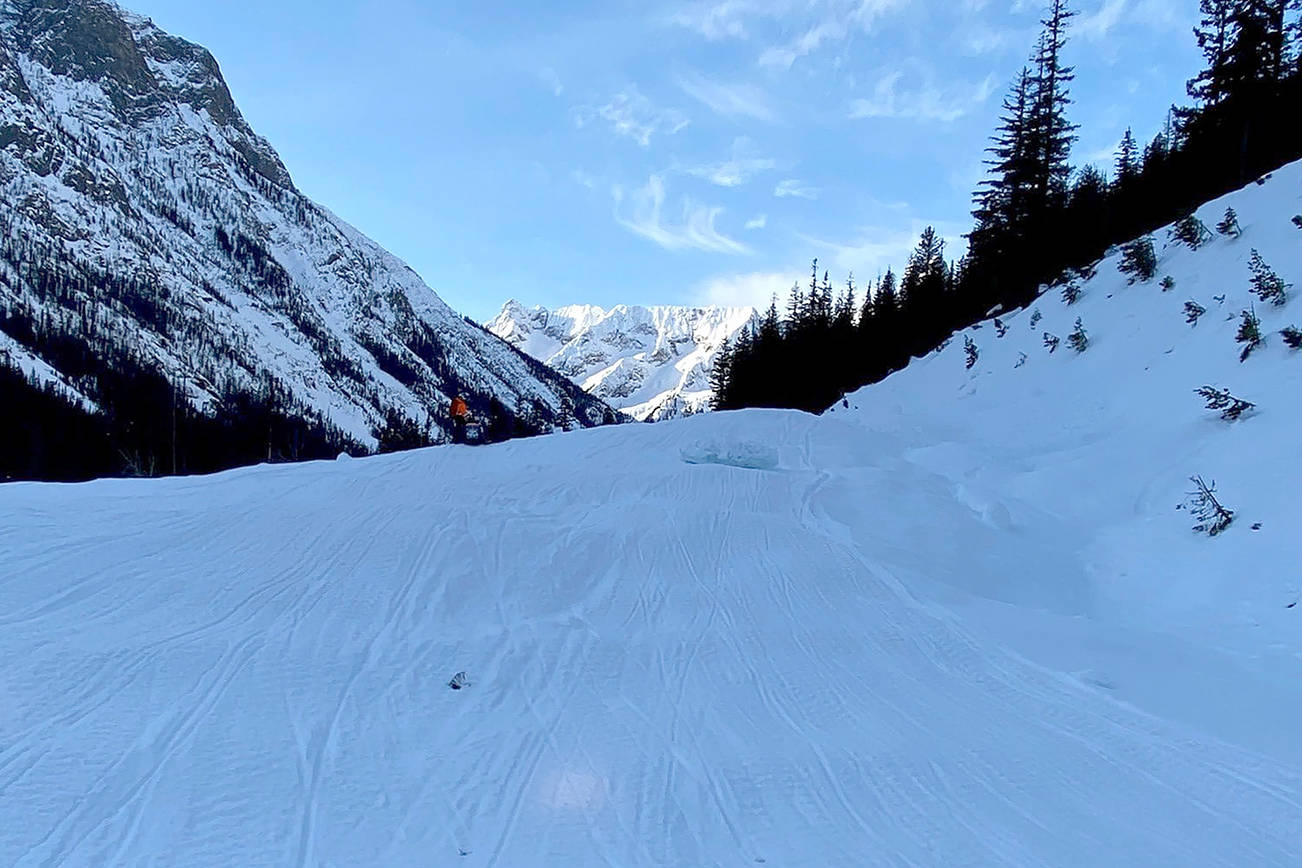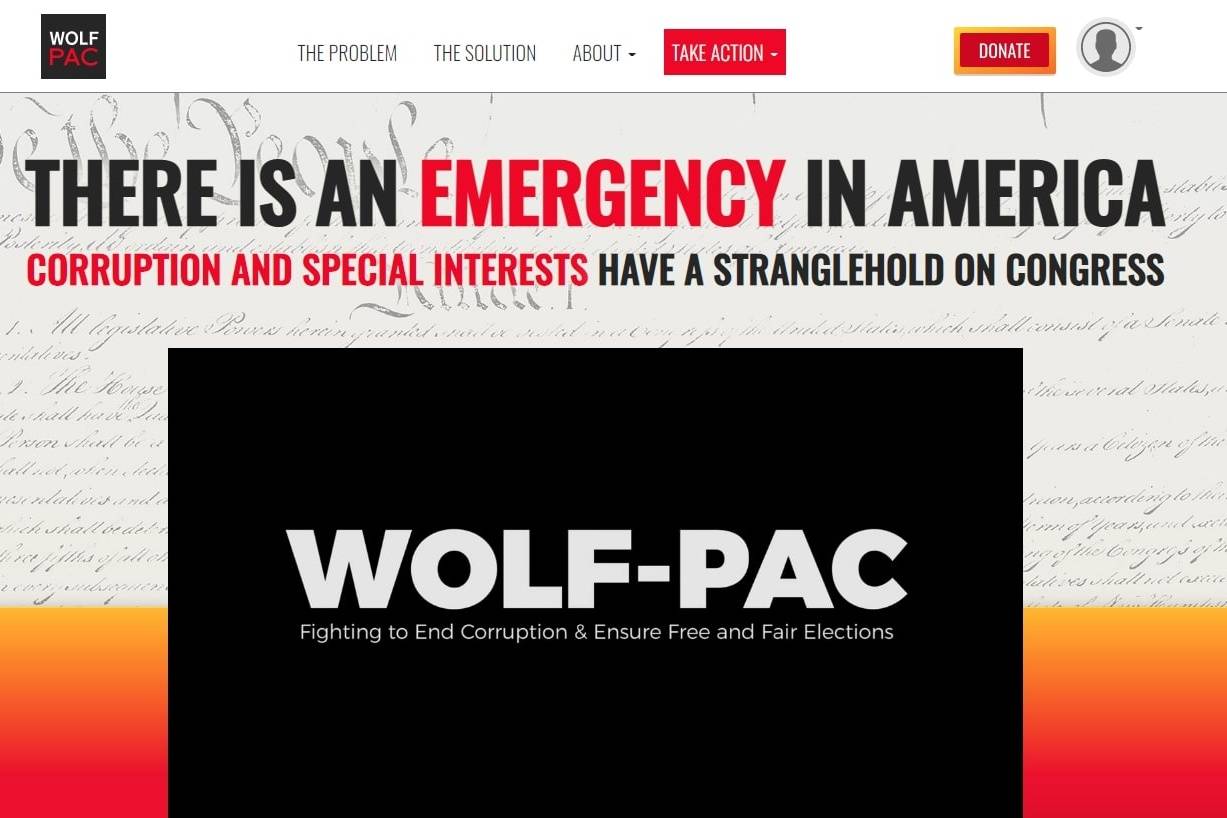Self-driving vehicles are expected to significantly change the way people move between cities and suburban neighborhoods in Washington state, but it is yet to be seen whether those will be positive changes for congestion and the environment.
Fully-automated vehicles could allow large fleets of company vehicles to whisk people around city centers where space for vehicles is already limited as more people treat mobility as a service. However, it also has the potential to create congestion in suburban areas where land use and regulations are designed around private vehicle ownership.
A 2016 paper prepared by the University of Washington explored possible scenarios for self-driving cars. One scenario is known as the dystopian nightmare scenario, in which people continue to own their cars because the car can drive itself and people don’t mind sitting in congestion. They would live farther from city centers because they could spend time working in their vehicles. Urban sprawl could increase, congestion would skyrocket and emissions would be driven up.
Heaven or hell
UW professor and Washington State Transportation Center director Mark Hallenbeck said there’s a joke in the transportation research community where self-driving cars could either create heaven or hell.
“Heaven is everyone has to pay for every trip essentially with cash… and no one owns their car, there are eight companies that own the cars and would happily give you a ride,” he said. “Hell is everybody owns their car, and everybody drives their car whenever they want to because the marginal cost is zero, and congestion is absurd.”
Under this scenario, highways could be completely blocked in both directions for 14 hours a day, but commuters wouldn’t care because they would already be at work. However, for people without 9-to-5 jobs, roads would be impassable — especially those connecting suburban cities to major ones like Interstate 405.
Suburban cities also prioritize free parking, meaning there would be little incentive for wealthier suburbs to use self-driving cars as a transportation service. People would instead ride to work and send their car home, only for it to turn around and pick them up later.
“Unless there’s a regulatory change that changes that perception, you guys are screwed for automated cars,” Hallenbeck said of the Eastside.
The way to avoid that scenario would be to change land use regulations, he said. That could include limiting free parking and building more park and rides to connect with transit. Self-driving vehicles could then be used to pick up transit riders from stations and deliver them to their homes.
Energy savings from self-driving vehicles assumes everyone would use ride shares and not send their vehicles off without people in them, he said. But once someone owns a car in the suburbs, there are financial incentives to send your car to park at home to avoid parking fees, drive around where it needs to, and to do errands.
“If you want this stuff to change, if you want it to be low energy consuming, you have to adopt policies that prevent all of these things from happening,” Hallenbeck said.
Mitigation
The prediction flies in the face of the oft-touted benefits of self-driving cars, including that they will automatically reduce congestion because the computers on board would be able to read the roadway and efficiently navigate features such as on-ramps and intersections. The hard discussions on the nuts and bolts of self-driving cars are not being had by policymakers, Hallenbeck said, because they involve pushing for unpopular policies.
Many self-driving car developers also skirt the issues, he said.
“When you deal with reality, and you’re willing to have a more open discussion, then you have a chance — but open discussions don’t get you $120 billion worth of venture capital evaluation. Hype gets you that. It’s not how the business process works,” he said.
Lawmakers should also be looking at how to make driving on freeways more expensive, either through tolls or pricing by the mile. That would not only disincentivize people from treating self-driving cars as they do current vehicles, but could replace the gas tax as a way to fund public infrastructure. However, legislators may not take on those issues, he said.
“You will also be voted out of office because people don’t want you to tell them how much their energy use is,” Hallenbeck said.
Changing people
Don MacKenzie authored the UW study and said the linchpin of positive outcomes is using automation to enable mobility as a service to flourish, essentially having people pay per trip instead of owning a personal vehicle. This also allows people to right-size their trips, or use a vehicle that is the size they need at the time.
MacKenzie agreed that the third rail of the self-driving vehicles discussion was congestion pricing. This would create a durable and sustainable policy shift that would both deter vehicles driving around empty and deter people from making low-priority trips.
“It would promote the use of transportation options that impose less burden in terms of congestion, wear and tear on the roads and environmental impacts,” he said.
Currently, people purchasing vehicles buy them based on the largest vehicle they’ll need, he said. For example, parents with a large family would likely buy a vehicle like a minivan or SUV for the few trips a month when they need the entire capacity even though usually there are fewer people using the vehicle.
Environmental effects
The fuels used by self-driving cars will also be important. Hallenbeck said it’s likely the vehicles will be electric, but if the power plants generating the electricity are burning dirty fuels like coal, it’s unlikely there will be environmental benefits.
According to a study from University of Texas professor Kara Kockelman, the majority of vehicles in the U.S. will be electric by 2050. Self-driving cars will allow them to charge without drivers, and shifting from gas to electricity could reduce energy use by 30 percent to 70 percent.
However, the study said self-driving cars will not solve climate change, or help the U.S. meet Paris Agreement targets. The U.S. had a goal of being up to 28 percent below 2005 emission levels by 2025, but none of the self-driving car scenarios laid out in the study met that target.
Increasing the renewable energy shares in the U.S. power grid to allow electric vehicles to be charged with clean energy could help. The U.S. renewable energy share is about 17 percent, while the total electricity demand is estimated to increase 20 percent to 38 percent by 2050.
Kockelman said fleets of self-driving cars could be made either hybrid or electric, and shared vehicles would keep the engines warm and increase fuel efficiency. However, she said most Americans will likely keep one private household vehicle.
Self-driving cars could also bring down the cost of driving, leading people to drive more. Lawmakers should begin thinking of ways to disincentivize people from using their personal cars with no one in them, such as sending the cars home after the morning commute, Kockelman said.
“There should be road pricing, too, to get people to share those vehicles because they’re not going to do it otherwise,” she said.
Other considerations
Experts studying a future with self-driving cars tend to agree that except for rural drivers or during an emergency, private self-driving cars shouldn’t be driving empty.
Ways to achieve this could include congestion pricing, or variable pricing on bottlenecks during congested times. Unlike current toll systems, Kockelman said municipalities should look at ways to redistribute the tolls to travelers in the network, possibly through toll credits each month.
Power grids will likely need to be upgraded to meet demand from electric vehicles, especially in places like Western Washington, which historically hasn’t had time-specific and power-intensive uses such as air conditioning. Creating the ability for renewable power to be moved long-distances will also be important.
Hallenbeck said energy storage and movement will become more important. For example, California during the day produces more energy than it can use from sustainable sources, but the power can’t be shipped far enough to reach places like Washington. Pricing incentives and regulatory procedures prevent power from being moved long distance. Power infrastructure isn’t designed for that type of use, he said.
Additionally, power resources such as hydroelectric generation and nuclear power should be increased to reduce or eliminate carbon emissions and facilitate greater use of electric vehicles, experts said.
“At some point if you adhere to the view that we need to cut greenhouse gas emissions 80-90 percent from current levels, and if you believe transportation needs to cut emissions by that much, you don’t get there without at least a partial switch” away from gasoline, MacKenzie said.
Charging infrastructure will also need to be built out. MacKenzie said the Washington State Department of Transportation is continuing to build charging infrastructure across the state. Electrify America, a company started by Volkswagen as part of its settlement agreement, is installing large chargers capable of producing 300 miles of drive range in 20 minutes.
“That’s still a lot slower than filling up with a tank of gas, but there’s also an argument to be made when you’ve driven 300 (miles), you probably need a 20 minute break,” he said.
Drivers of electric vehicles now often suffer from range anxiety, where they worry about whether there will be charging stations. Self-driving vehicles could help alleviate the anxiety by planning trips based around when the next charge will come.
